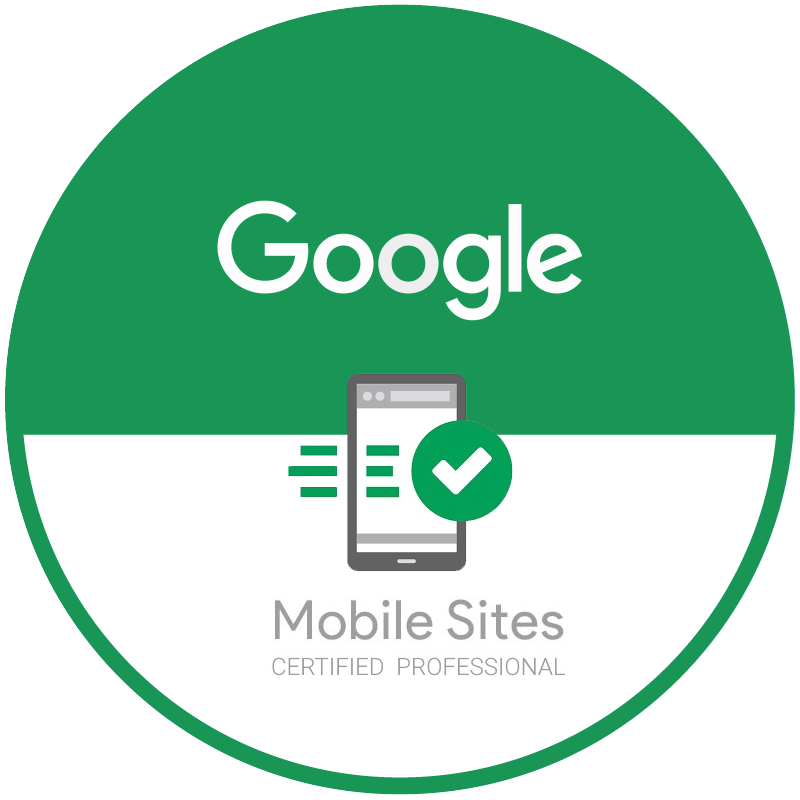When writing for marketing, an important question to ask yourself is “how do I get my reader to become a customer?” One of the oldest and most effective ways to motivate someone to take the next step toward becoming a customer is to end your message with a call to action.
What is a call to action?
A call to action, or a CTA, is most often a word or phrase used to prompt an immediate response or encourage an immediate sale. You can think of it as an invitation for your reader to take some desired action, whether that be a purchase, a phone call, or something else.
A call to action is often the final instruction to a reader, and so you want to make sure that whichever call to action you decide to use is clear and engaging.
How to write a call to action
So, let’s try it out! The first step in determining what your CTA will be is to determine the goal you’re trying to achieve with your campaign. Are you looking for sales? Subscriptions? To gather information? A strong CTA can help you achieve any of these.
For our example we’ll say that our objective is sales. Some of the most common CTAs you’ll find in sales are “Buy now,” “Shop now,” and “Order now.” Sweet, short, and strong, these CTAs are quite effective, but they’re also kind of boring, don’t you think?
A call to action can also be something more creative like “take the next step towards a happier you”, “your dream vacation is one click away”, or “discover the wonders of Japanese cuisine.”
While creativity can be more engaging, it’s also important not to over complicate it. The easier you make it for your reader to take the next step, the more people will do so.
Create a sense of urgency
A few tricks that make CTAs more effective include using incentives and creating a sense of urgency. For instance, “buy one TODAY and get the second one FREE!” is a great example of both. It shows readers that if they act quickly, they’ll be rewarded in some way.
Other great examples of these two techniques include: “act now before it’s too late!”, “while quantities last!”, “hurry in now!”, “limited time offer!”, and even “don’t miss out!” – the power of FOMO (a.k.a. the fear of missing out) is also a highly effective tool.
In summary, a strong call to action is to the point, engaging, and can often be the difference between a reader and a customer! So the next time you write, include a call to action!


